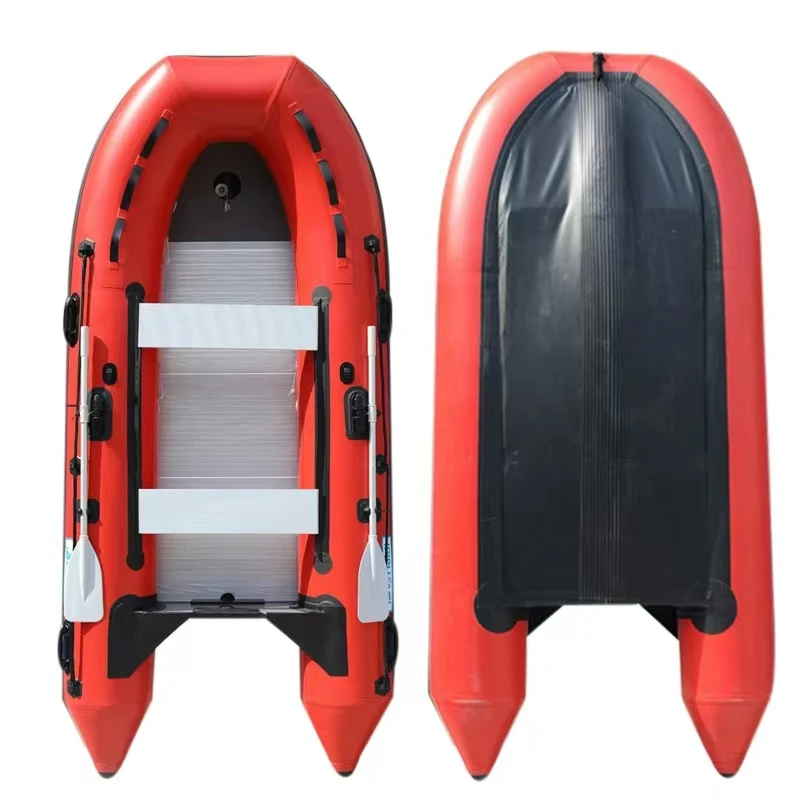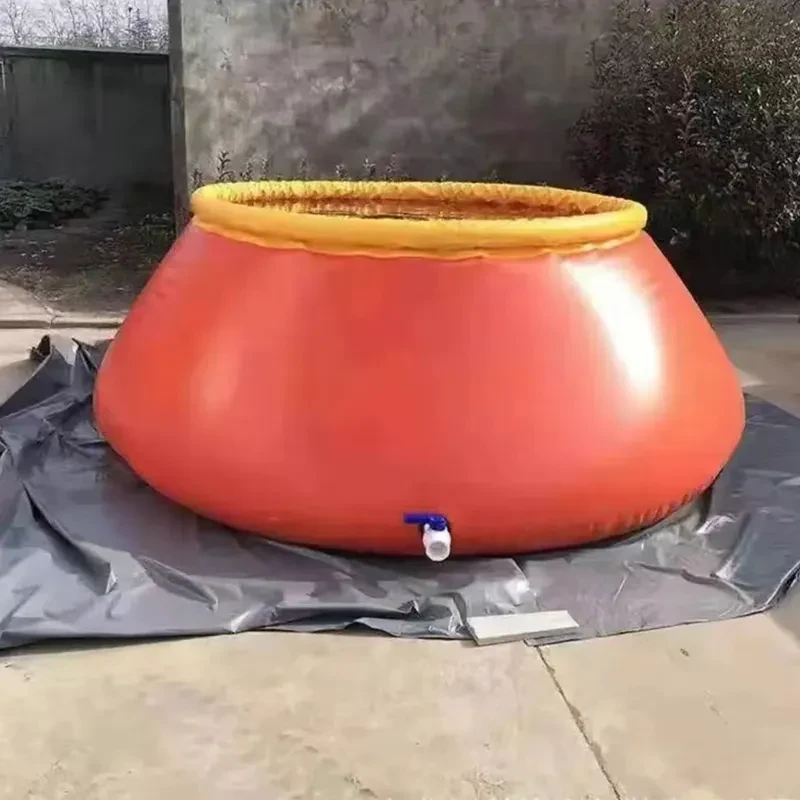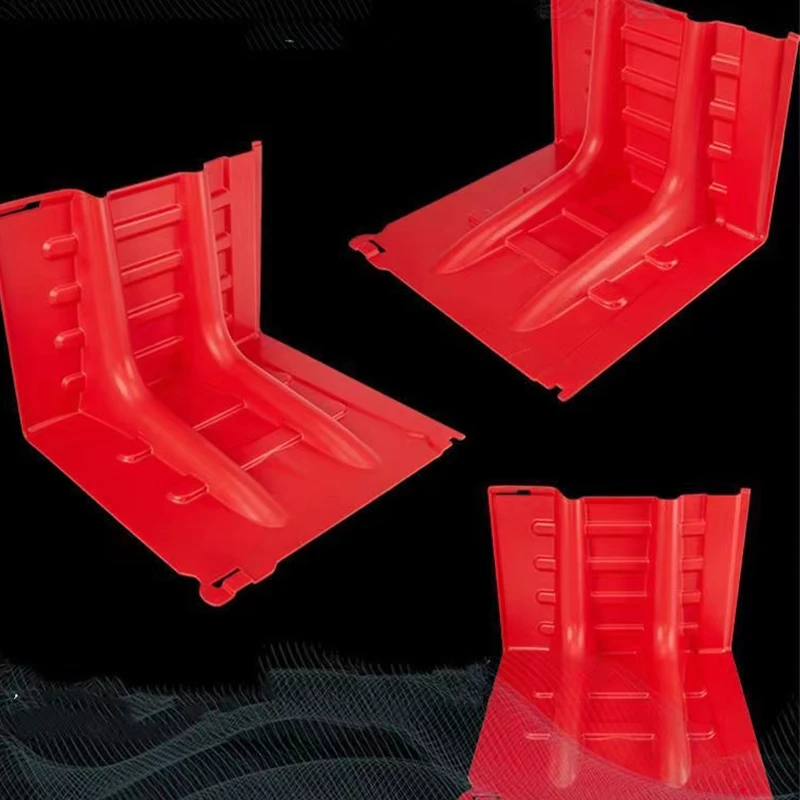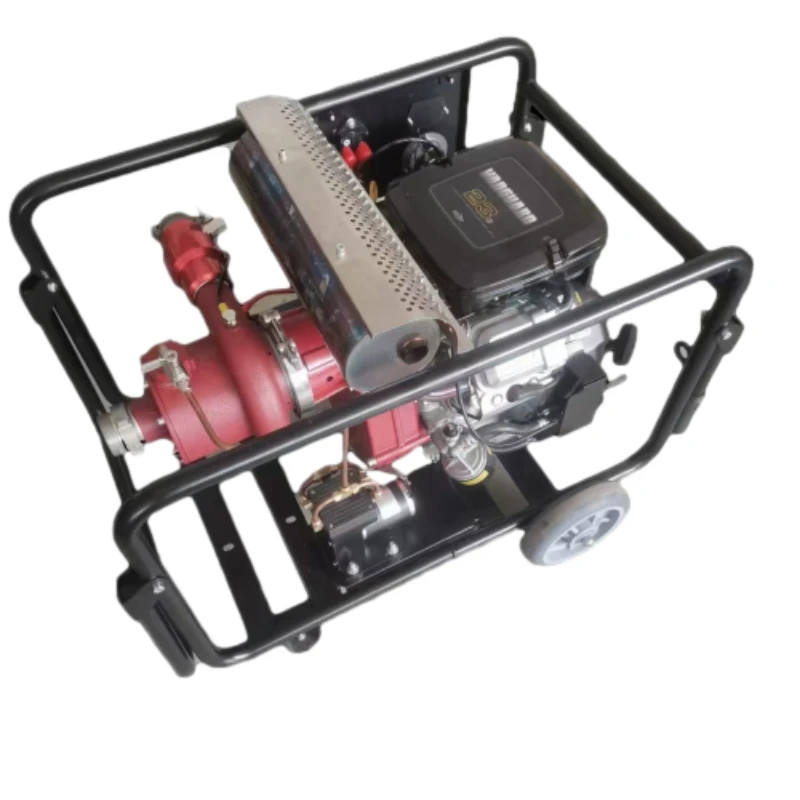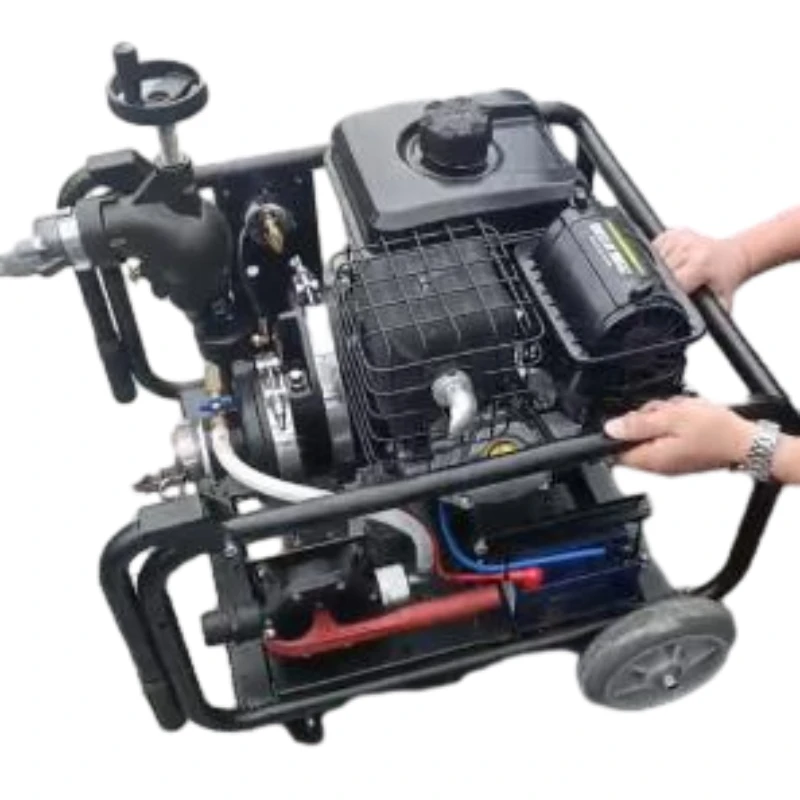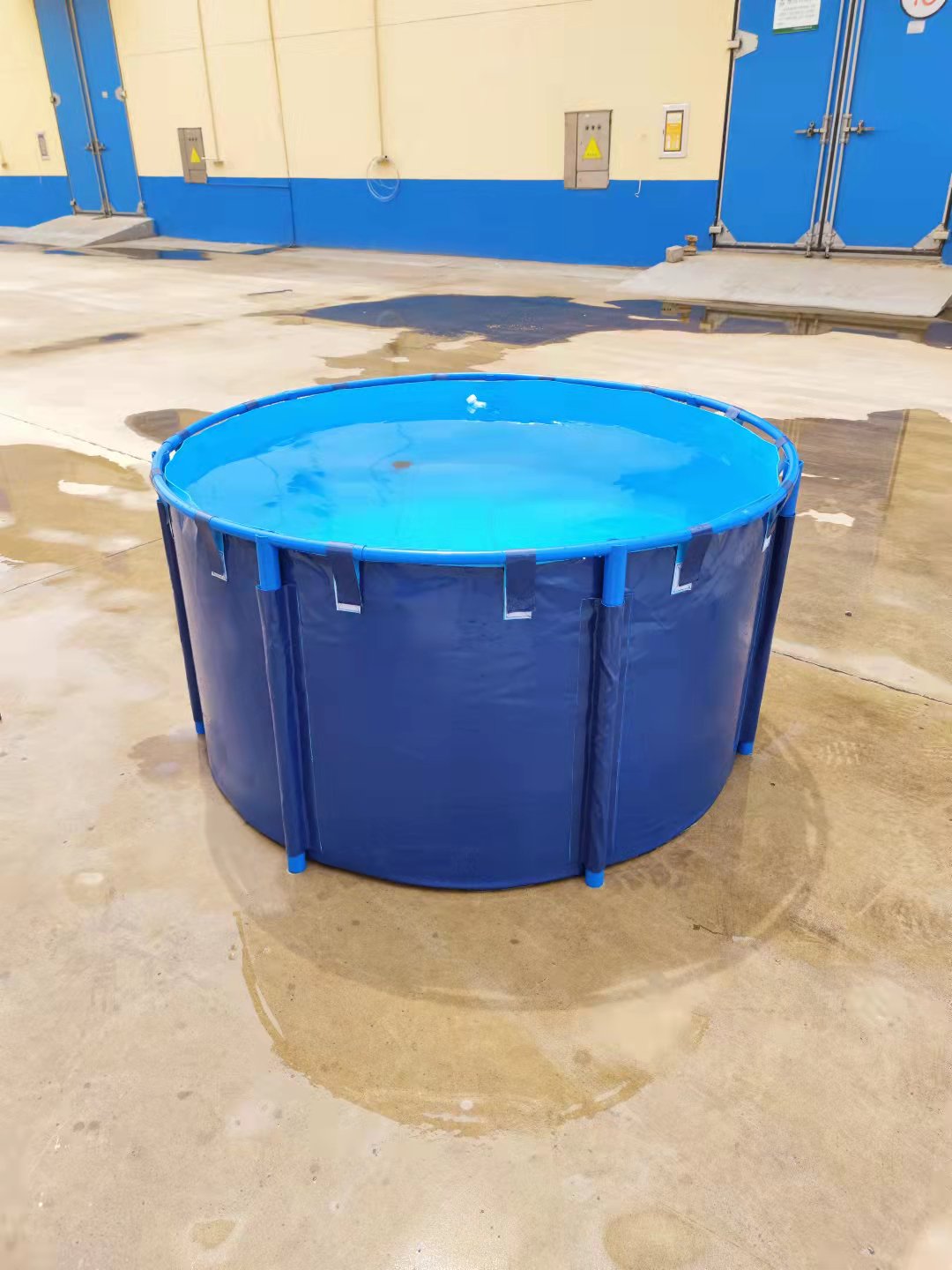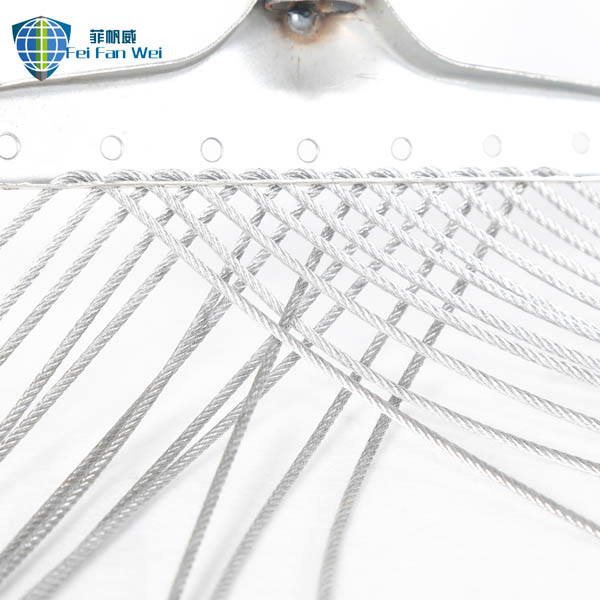Firefighting pumps are critical components in emergency response systems, ensuring reliable water supply during fire outbreaks. Whether used in industrial facilities, municipal fire departments, or specialized firefighting vehicles, proper installation is essential for optimal performance. This guide provides a comprehensive overview of installing fire fighting pumps, fire engine pumps, fire fighting water pumps, E fire truck water pumps, tailored for large-scale applications.
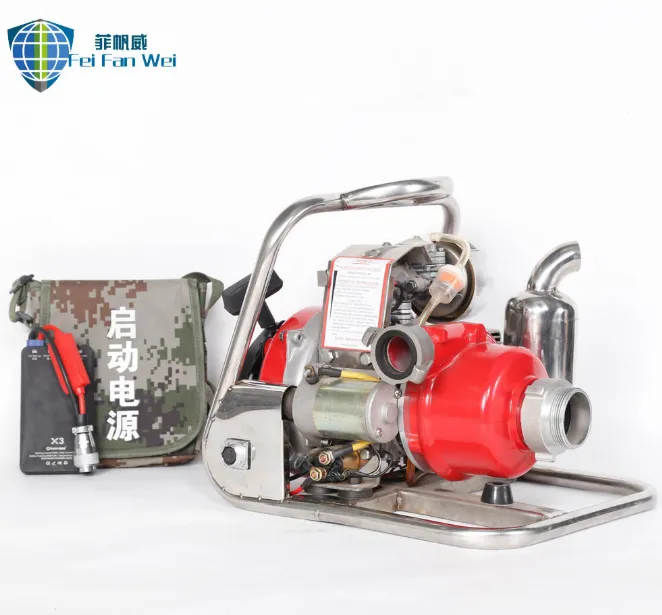
Understanding the Role of a Fire Fighting Pump in Emergency Systems
A fire fighting pump serves as the backbone of fire suppression systems, delivering high-pressure water to extinguish flames. These pumps are designed to operate under extreme conditions, ensuring uninterrupted water flow even during power outages. When installing a fire fighting pump, consider the following:
- System Compatibility: Ensure the pump aligns with existing piping, valves, and pressure requirements.
- Power Source: Verify electrical or diesel-driven power supply stability. Backup generators are recommended for critical environments.
- Location: Install the pump in a dry, ventilated area to prevent corrosion and overheating.
For fire engine pumps E fire truck water pumps, integration with vehicle-mounted systems requires additional considerations, such as vibration resistance and compact design. Always adhere to NFPA (National Fire Protection Association) standards or local regulations.
Step-by-Step Installation Process for a Fire Engine Pump
Installing a fire engine pump demands precision to ensure seamless operation during emergencies. Follow these steps:
- Mounting the Pump: Secure the pump to the fire engine’s chassis using anti-vibration brackets. Ensure alignment with the vehicle’s drivetrain for mechanical pumps.
- Connecting Water Inlets/Outlets: Attach suction hoses to the inlet and discharge hoses to the outlet. Use high-pressure fittings to prevent leaks.
- Integrating Control Systems: Link the pump to the vehicle’s electronic control unit (ECU) for automated pressure adjustments.
- Testing:Conduct a dry run to check for abnormal noises or vibrations. Perform a water flow test at maximum capacity.
For fire fighting water pumps in stationary setups, ensure the foundation is level and reinforced to handle operational vibrations.
Optimizing Performance of Fire Fighting Water Pumps
Fire fighting water pumps require regular maintenance and calibration to sustain efficiency. Key practices include:
- Priming the Pump: Remove air from the system before startup to prevent cavitation.
- Pressure Calibration: Adjust pressure settings based on hose length and nozzle requirements.
- Lubrication: Apply manufacturer-recommended grease to bearings and seals.
For fire truck water pumps, inspect connections after each deployment. Exposure to debris or extreme temperatures can degrade components over time.
Key Considerations for Fire Truck Water Pumps Installation
Fire truck water pumps are engineered for mobility and rapid deployment. Installation priorities include:
- Space Optimization: Design the layout to allow easy access for maintenance without compromising vehicle balance.
- Heat Management: Install heat shields or cooling fans to protect the pump from engine exhaust.
- Weatherproofing: Seal electrical components to prevent water ingress during rainy operations.
Always consult the pump’s technical manual for torque specifications and fluid compatibility.
FAQs About Fire Fighting Pump
What are the primary applications of a fire fighting pump?
Fire fighting pumps are used in buildings, industrial sites, and vehicles to supply water or foam during fire emergencies. They are essential for both fixed installations and mobile units like fire engine pumps.
How often should a fire engine pump be serviced?
Service intervals depend on usage, but annual inspections are mandatory. For fire truck water pumps used frequently, bi-annual checks are advised.
Can a fire fighting water pump operate without electricity?
Yes. Diesel-driven fire fighting water pumps are designed for off-grid scenarios, making them ideal for remote locations or power failures.
What pressure range is typical for fire truck water pumps?
Most fire truck water pumps deliver 150–300 PSI, though high-capacity models can exceed 500 PSI for specialized scenarios.
How to troubleshoot low pressure in a fire fighting pump?
Check for clogged filters, leaks, or worn impellers. For fire engine pumps, verify that the vehicle’s engine is transmitting adequate power to the pump.
Proper installation of fire fighting pumps, fire engine pumps, fire fighting water pumps, E fire truck water pumps ensures reliability in critical moments. By adhering to technical guidelines and prioritizing routine maintenance, organizations can maximize the lifespan and efficiency of these systems. As a manufacturer specializing in large-scale production, we emphasize precision engineering and compliance with global safety standards to deliver pumps that meet the demands of modern firefighting.









